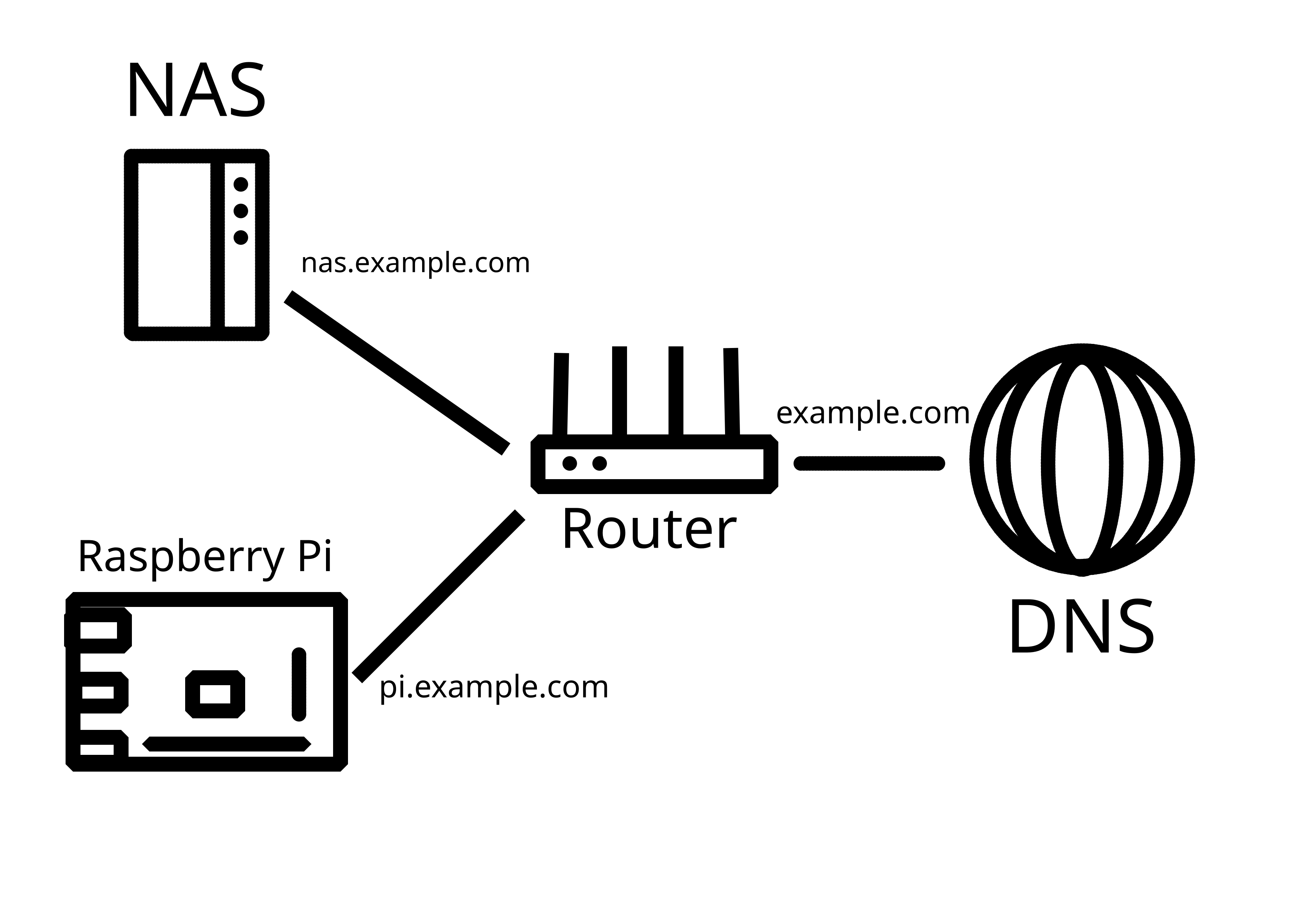Selfhosted
A place to share alternatives to popular online services that can be self-hosted without giving up privacy or locking you into a service you don't control.
Rules:
-
Be civil: we're here to support and learn from one another. Insults won't be tolerated. Flame wars are frowned upon.
-
No spam posting.
-
Posts have to be centered around self-hosting. There are other communities for discussing hardware or home computing. If it's not obvious why your post topic revolves around selfhosting, please include details to make it clear.
-
Don't duplicate the full text of your blog or github here. Just post the link for folks to click.
-
Submission headline should match the article title (don’t cherry-pick information from the title to fit your agenda).
-
No trolling.
Resources:
- selfh.st Newsletter and index of selfhosted software and apps
- awesome-selfhosted software
- awesome-sysadmin resources
- Self-Hosted Podcast from Jupiter Broadcasting
Any issues on the community? Report it using the report flag.
Questions? DM the mods!
view the rest of the comments

You need a reserve proxy. That's a piece of software that takes the requests and puts them toward the correct endpoint.
You need to create port forwards in the router and direct 80 and 443 (or whatever you're using) toward the host of the reverse proxy and that is listening to on those ports. If it recognized the requests are for nas.your.domain, it will forward the requests to the NAS.
Common reverse proxies are nginx or caddy. You can install it on your raspberry, it doesn't need it's own device.
If you don't want that, you can create different port forwards on your router (e.g. 8080 and 8443 to the Raspi) and configure your service on the Raspi corresponding. But it doesn't scale well and you'd need to call everything with the port and the reverse proxy is the usual solution.
There's an issue with that first part. Do I configure it right? Should :8100 be redirected to 192.168.0.113:81 in this case?
This only guarantees your WANip:8100 will map to 192.168.0.113:81, and doesn't address whether or not dns resolution is correct. I would also be weary of using port numbers on wikipedia's known ports list, as some ISPs will filter those upstream. The last thing is that your router may not want to hairpin that traffic, so if you're not coming in from the outside it might not be a valid test.
Thanks for the pieces of advice! Yes, I tried to connect from external (mobile) network as well.